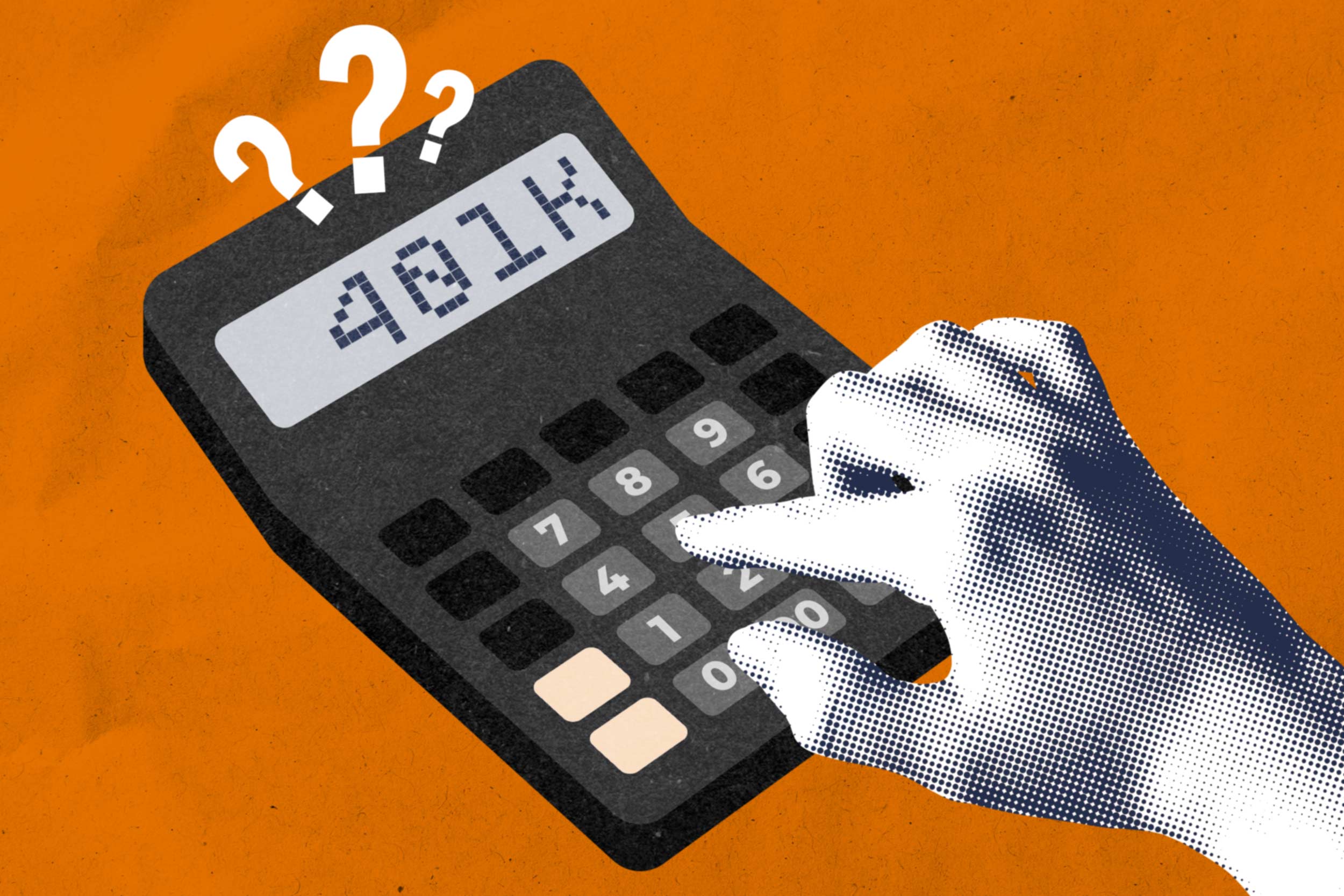Preparing for retirement can be taxing.
Aside from Social Security, America’s retirement programs include a range of savings options, from numbered plans like 401(k)s and 403(b)s to plans for small-business owners and the self-employed.
Under U.S. tax law, the IRS sets the maximum amounts that can be contributed each year into these accounts to generate savings for use in the golden years of retirement.

University of Virginia Darden School of Business’ Rodney Sullivan is the executive director of the Richard A. Mayo Center for Asset Management. (Contributed photo)
This year, IRS officials announced increases in the amount of allowable contributions for a wide range of accounts. To find out what the changes mean, we checked in with University of Virginia Darden School of Business’ Rodney Sullivan, executive director of the Richard A. Mayo Center for Asset Management.
Q. Before we talk about changes, what is the difference between a 401(k) plan and others like a 403(b) and 457? Which are the most common?
A. All of these are tax-advantaged, employer-sponsored retirement plans. So, each plan type lets employees save for retirement in traditional pre-tax – or via a Roth, which means savings go into your account post-tax – allowing for tax-deferred growth of their money.
The main difference lies in who sponsors the plan. 401(k) plans are the most common plan and are offered by private-sector employers (businesses and corporations). 403(b) plans are typically offered by public schools and universities, as well as nonprofit organizations and churches. Finally, 457 plans are offered by state and local governments.
State-affiliated universities, like UVA, often offer employees the opportunity to participate in both a 403(b) and a 457 plan.
Q. The IRS has increased the amount that can be contributed to the savings accounts for 2026. What led to that action?
A. Every year, the IRS adjusts contribution limits for various retirement accounts; 2026 contribution limits are rising due to cost-of-living adjustments. These accounts are the main way Americans save for retirement, and the ability to save more supports a more secure retirement.
Q. Who will benefit most from the contribution changes?
A. The 2026 changes are especially helpful for savers ages 50 and over due to higher “catch-up” contribution limits. These are additional contributions beyond the standard retirement plan limit.










